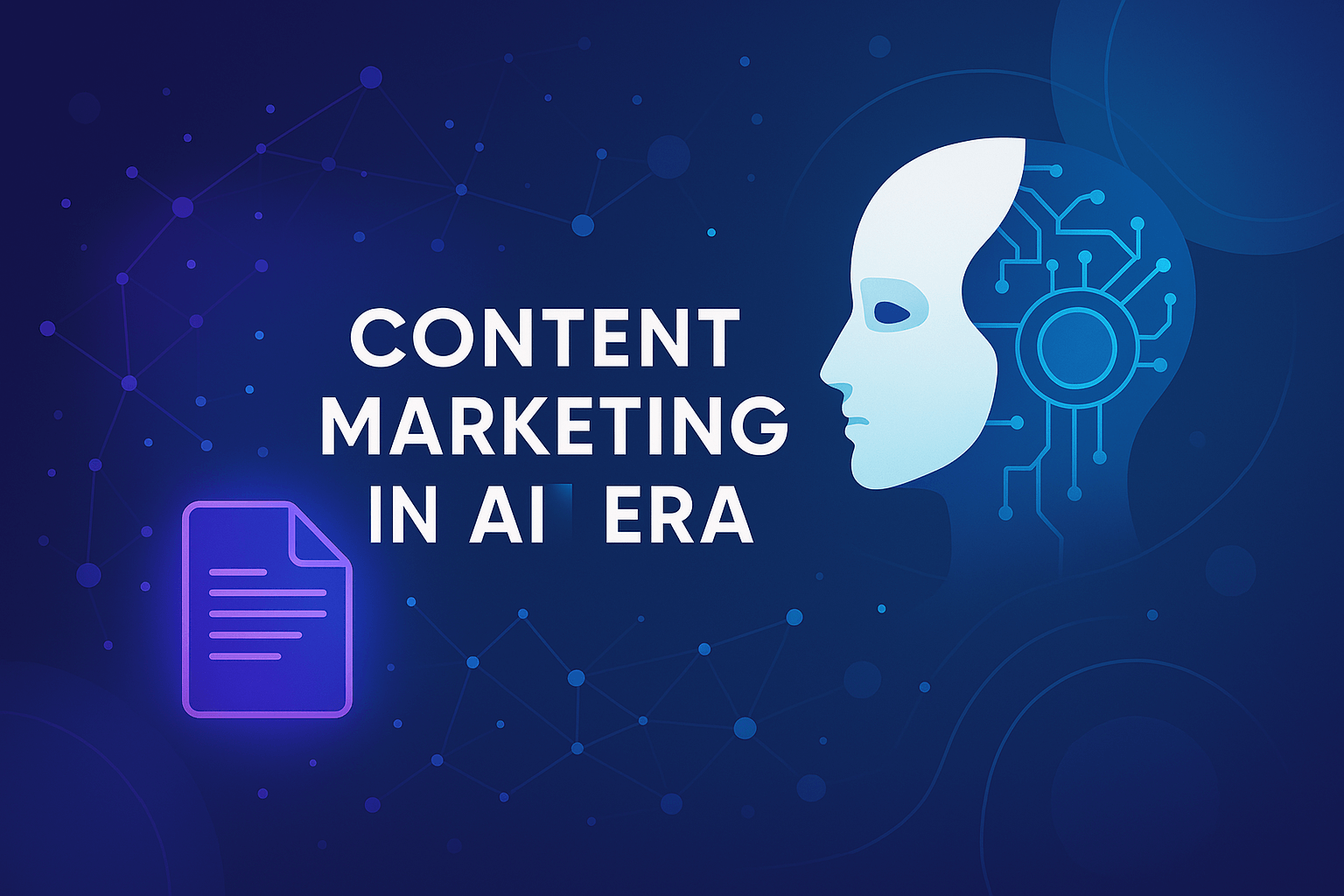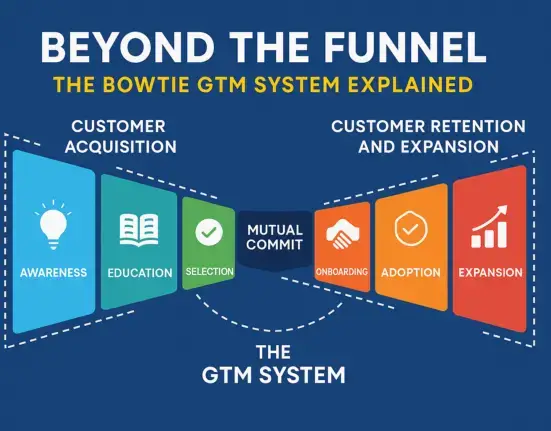As AI-powered search engines and assistants like ChatGPT, Perplexity, and Google SGE reshape how people find information, marketers and content creators are facing a new reality: fewer clicks, more AI-generated answers, and a complete overhaul of traditional discovery methods.
If you’re still measuring success by pageviews alone, you’re missing the shift. Visibility in an AI-first world requires more than SEO. It demands structured content, original insight, and a strategy aligned with how machines read, cite, and surface information.
The New Rules of Content Discovery
AI-powered tools prioritize clear, authoritative answers. These systems are designed to scan massive amounts of text and extract the most relevant, trustworthy, and well-structured responses. If your content isn’t formatted to be read and understood by machines, it risks being invisible.
Key changes include:
- Zero-click searches: AI answers in search results mean users often don’t need to click through to a website.
- Source summarization: Platforms now pull key ideas from multiple sources and attribute only a few.
- Contextual relevance: AI evaluates not just keywords, but clarity, structure, and topical depth.
How to Make Your Content AI-Citable
Content that ranks or appears in AI-generated summaries shares certain characteristics:
- Directly answers common questions. Start with user intent and deliver value in the first few lines.
- Uses structured formatting. Headings, bullet points, and clearly segmented sections improve readability for machines.
- Includes schema and metadata. These help AI tools contextualize your content and improve its discoverability.
Tip: Think like a librarian writing for a machine. Label your content clearly and keep it easy to extract.
Originality Is the New Differentiator
AI can summarize the average—but it cannot originate fresh thinking. This creates opportunity.
If your content offers:
- A contrarian take on a well-covered topic
- Original research or firsthand data
- Unexpected comparisons across industries
- Fresh metaphors or mental models
…it stands out. Not just to humans, but to AI models trained to recognize novelty and authority.
Strategic Storytelling Still Wins
AI might surface your content, but humans still engage with it.
That’s why narrative still matters. Whether you’re writing a technical guide or thought leadership piece:
- Use story arcs that create tension and resolution
- Frame your reader as the hero, with your brand as the guide
- Balance logic with emotional resonance
You’re not just feeding the machine. You’re persuading the human it delivers to.
Integrating AI into Your Content Workflow
AI isn’t just disrupting discovery—it’s also a tool to improve your creation process. High-performing teams are using AI to:
- Brainstorm new angles using tools like ChatGPT or Claude
- Draft initial outlines or article intros
- Analyze competitor content and surface content gaps
- Create modular content for multiple channels
AI should sit alongside—not replace—your creative thinking.
Final Takeaway
Content strategy today isn’t just about keywords or clicks. It’s about clarity, structure, and insight. It’s about being the kind of source that AI wants to cite, and the kind of story that people want to follow.
Want to explore how to make your content more AI-optimized? Start by rethinking your format, then focus on what only you can offer: original thinking, useful frameworks, and real connection.








